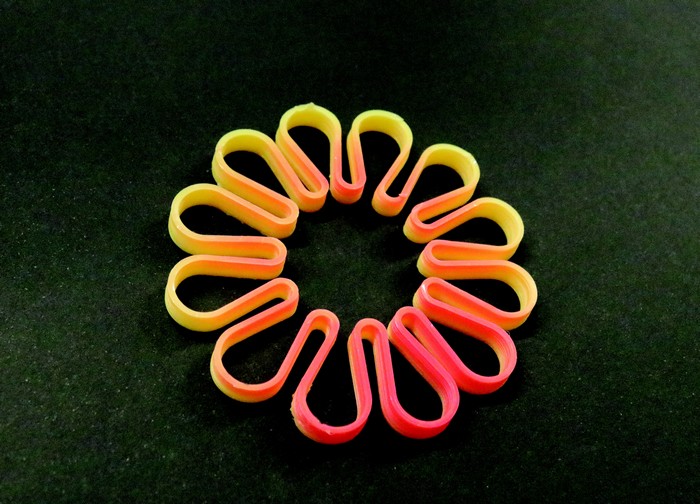Putting design at the heart of research
28 December 2022
A multi-disciplinary collaboration has brought transformative concepts and technologies to life.
The ‘Additive manufacturing and 3D and/ or 4D printing of bio-composites’ spearhead project, within the Science for Technological Innovation National Science Challenge, has had co-leader Scion’s Dr Florian Graichen regularly buzzing with excitement.
On a mission to support solutions for some of New Zealand’s grand challenges, the spearhead team took a design-led approach to early-stage research by putting the end users’ interests upfront.
This approach involved cross-disciplinary academics and practitioners working closely with design students from Victoria University of Wellington School of Design Innovation and designers from industry. During collaborative sessions, the spearhead reimagined products of the future that would use biomaterials and printing techniques developed by the research team.
The potential product areas are vast and the applications remarkable, from prosthetics to furniture and much more.
Imagine a sunshade that responds to the angle of the sun, like flower petals do when they follow the sun’s rays, or a cornea made from electrospun collagen that can be transplanted onto a human eye. These are examples of actual projects.
“We’re dealing with natural materials that are smart and can transform with environmental triggers. With designers alongside our scientists, they can see the possibilities are limitless. In fact, it is the designer’s imagination that is the limit,” said Florian. The strength of the collaboration lies in the talent within the team. Professor Kim Pickering, University of Waikato, has been co-leading the spearhead with Florian.
The team has involved researchers from AgResearch, GNS, Massey University, Victoria University Wellington, AUT, Auckland University in addition to the University of Waikato and Scion plus industry partners.
Together they have laid the groundwork for new concepts and technologies developed in the lab. The potential for the innovations could be game changing in areas such medical applications, high performance sport, packaging, housing and waste reduction. These possibilities are further developed with industry input within targeted applications, such as next generation antennas for better wireless communication.
Scion’s contribution to the spearhead laid the path in developing novel biopolymers, application of proteins, cellulose and lignin, combination of biobased materials and additive manufacturing, and processing of biobased fibres.
This spearhead project commenced in 2016 and ended in June 2022. It was funded through the Science for Technological Innovation National Science Challenge.
Read more: https://tinyurl.com/2x7xvmxx

